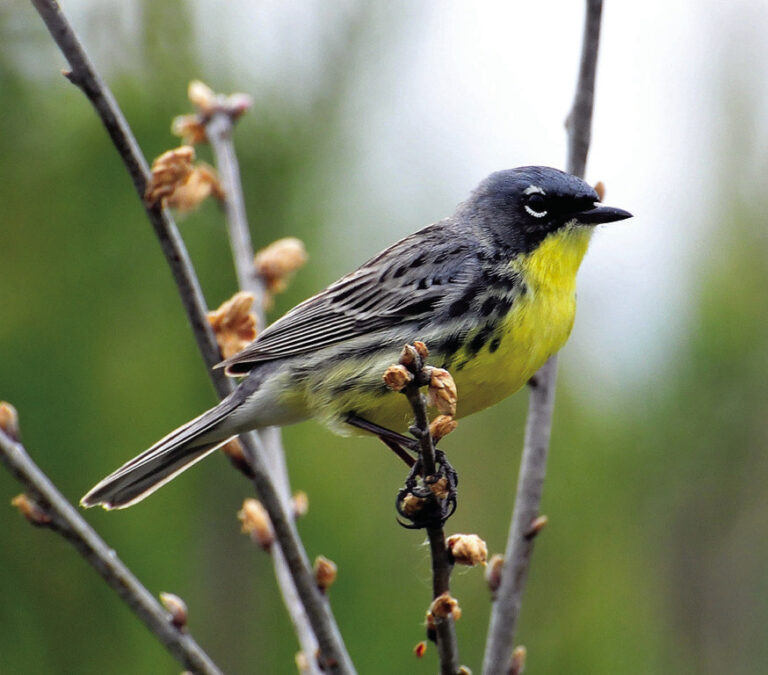There are several birds that are very picky about what kind of habitat they require, and one of the pickiest is the Kirtland’s warbler. This little bird requires very young, dense stands of jack pine for their breeding habitat. Due to the suppression of wildfires, this type of habitat became older, which resulted in the Kirtland’s Warbler not having suitable breeding habitat and almost going extinct back in the 1970’s. Due to active conservation efforts, the population has since recovered and it was removed from the endangered species list in 2019. This bird is a conservation success story to show that the Endangered Species Act works. However, the work for this warbler isn’t done yet. Since young jack pine forests naturally need fire to be kept in a young state, and humans now suppress wildfires, we need to replace that with active forest management.
Forest management for the Kirtland’s warbler consists of several parts. First, a site where the soils are suitable for growing jack pine needs to have the older trees harvested if they are present. After that, either new jack pine seedlings need to be planted or the residual jack pine cones need to release their seeds. Jack pine cones are serotinous cones, which means they’re glued shut. So to open up, they need heat, which can come from either extensive sunlight or prescribed fire. These sites are commonly scarified to distribute pine cones and expose the mineral soil the seeds need to germinate in. Eventually, this should lead to a very dense stand of trees where the Kirtland’s warbler likes to nest.
The core breeding range for the Kirtland’s warbler resides in the Northern Lower Peninsula of Michigan, where there are large tracts of jack pine that are suitable for the bird. However, there are small scatterings of suitable habitat areas throughout the Upper Peninsula as well. Active management efforts are being made to help grow the warblers population outside of the core breeding range so that there is less reliance in one geographic region. Private landowners that may have suitable soil types for growing jack pine, which are typically very sandy, may also be able to help in this effort by working with American Bird Conservancy through their Regional Conservation Partnership Program. This program helps private landowners manage their property for at-risk bird species by providing financial and technical assistance to encourage on-the-ground habitat work. Anyone that is interested in learning more about this program should contact ABC Forester, Michael Paling, at 906-2513065 or mpaling@abcbirds.org.
